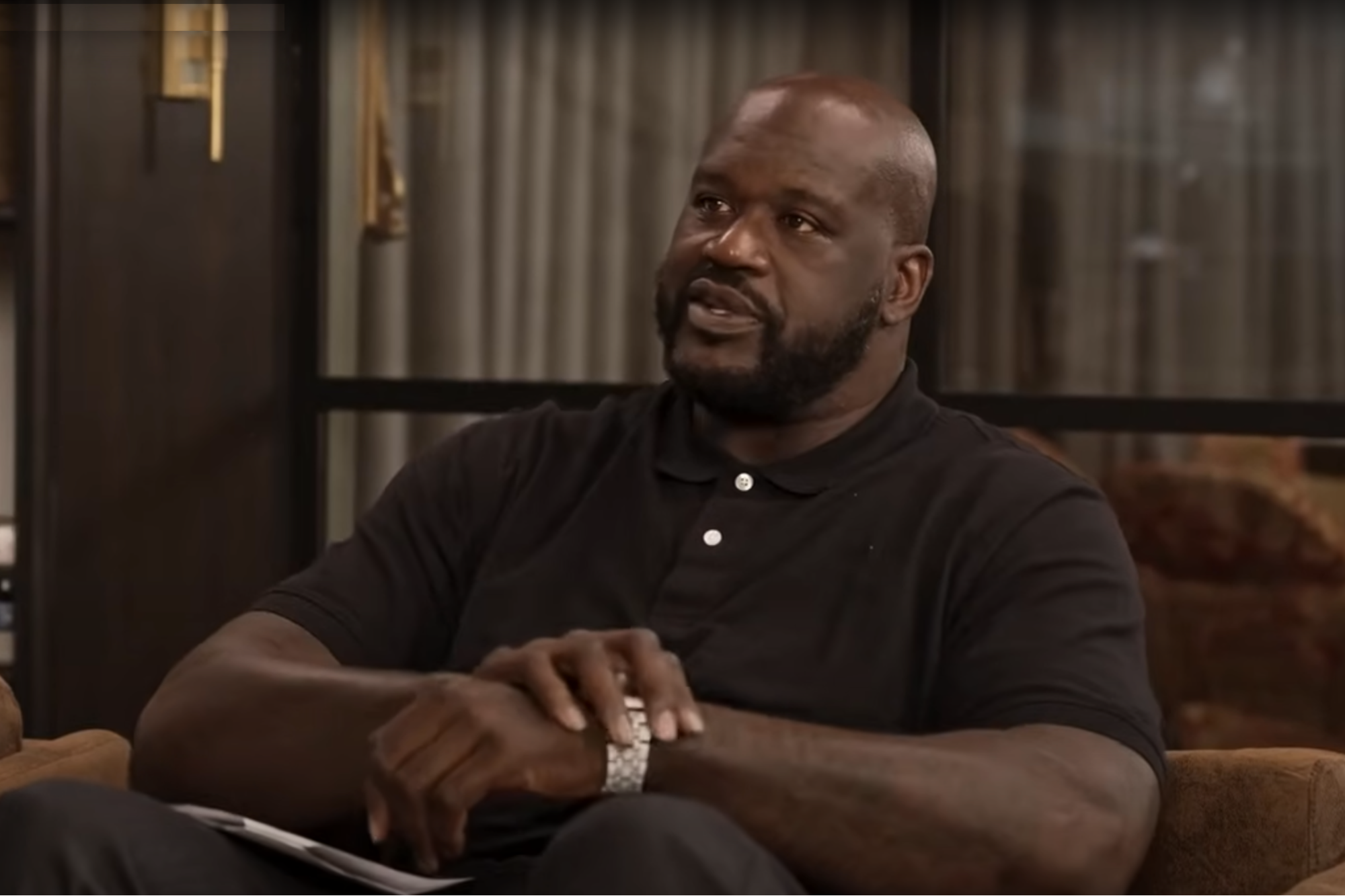Maintaining Positive Dynamics at the Executive Table: The Key to a Winning Company A strong executive team is the basis of a strong organization, but maintaining positive executive dynamics can be difficult. Here's what you should be doing.
By Laura A. Cooper Edited by Jessica Thomas
Opinions expressed by Entrepreneur contributors are their own.
Very few in the C-suite achieved their level of success without some characteristics inherent in an alpha personality. More often than not it requires a lot of courage, self-confidence and tremendous strength of will for someone to gain a seat at the executive table. But, as we know, these strong personalities can clash — creating a lot of discord for the team and the organization. Without the right support mechanisms in place to manage healthy conflict, even the highest-performing executive teams can fall apart.
The strength of a company lies in the strength of its executive team, which makes managing that team's interpersonal dynamics a top priority. In his captivating business fable The Five Dysfunctions of a Team, Patrick Lencioni emphasizes this importance and provides a clear and simple framework that is necessary for a strong team of executives: trust, unfiltered conflict, commitment, accountability and a focus on collective results. Only when the executive team functions well does the organization stand the chance to do the same and win in highly competitive markets. Strong teams are always a key differentiator between success and failure.
Related: Where Entrepreneurs Can Innovate in the Streaming Service Space
A cohesive executive team is built on trust
The people at the executive table need to be principled and take accountability when things go wrong and none of the credit when things go right. And, as Lencioni describes, this can only happen in environments built upon a solid foundation of trust. To establish this trust, a CEO needs to be very clear about their expectations and foster an environment where the team is more transparent, engages in healthy conflict and is vulnerable with each other. Conversely, a leader who holds their executives back and allows them to build up resentment for not being heard is doing a disservice to themselves, the others and the organization.
With trust, members grow comfortable with conflict and feel more committed knowing the floor will be open for their input, even when voicing criticism. Executives with real strength have the developmental and professional maturity to be highly self-managing in the face of critical feedback. They can set aside their personal feelings and make decisions and the necessary sacrifices in the best interest of the collective organization. When they trust everyone to work towards the collective good of the company, they develop respect for each other's expertise in their different areas and hold one another accountable to raise up to their strong team's high standards and expectations.
Additionally, absorbing a new executive's energy into an existing executive team is extremely hard without problematic character traits and personalities, so implementing robust interview and onboarding processes will help weed mismatched candidates out. Start your interview process with the CEO to verify the chemistry and confidence between the new employee and company leader. Then, move to the immediate stakeholders who would work with the candidate the most and finally, to the rest of the executive team. Give your candidates case studies to resolve and prove they can make decisions. If you choose to take someone on, support them in adapting to the new social and psychological climate. Help new executives garner team trust and get them on board with the organization's written, unwritten and aspirational values.
Related: The Best Employees Display These 6 Characteristics
How to strengthen that bond
The best executives build healthy collaborative relationships within the executive team. They manage the relationships with their executive body as what Lencioni describes as their "first team." They make decisions for the organization, not themselves or anyone else. New executives, on the other hand, tend to treat their vertical — their people — as their first team. Although the people on an executive's vertical are important, their first team and number one commitment must be working collaboratively and in alignment with their executive team.
Executives on strong teams speak up when they disagree or have another opinion, but only when their input is truly relevant and backed up with support. Commentary for the sake of getting in someone's two cents presents a very insecure dynamic. A coach of mine once observed my interactions and commented that my need to say the same thing three times made me sound deeply insecure. She was right. I was deeply insecure and repeating myself because I felt uncomfortable remaining silent, but this behavior was undermining myself and my team. Informed and constructive input, on the other hand, keeps executive meetings relevant and engaging.
Related: Educators, Here's How to Find Your Ideal Student with AI
Mistakes happen
Even with all the experience in the world, a new member with maladaptive behaviors entering into a high-trust executive team can easily destroy strong bonds and working relationships. If an executive ends up being a mismatch in culture, skills or behaviors, first explain the problem to that executive and set the expectation of behavior necessary for effective executive interaction and company alignment. If the feedback isn't internalized quickly and executed, demonstrate the courage to make difficult decisions, and fast, before that mistake has time to destroy the team's foundation of trust, which it will inevitably do. A problem among the executive team that can't be resolved must be managed decisively with the first team and organizational health in mind before poor behaviors become quickly adopted by other team members, which is often what happens. An organization can only tolerate a highly talented but disruptive team member if it can strongly manage the blast radius — and that often isn't possible at the executive level because of the deep nature of cross-functional dependencies.
A strong executive team is at the core of any effectively run organization. When built on trust, critical feedback and an alignment of goals, even the biggest ego has little opportunity to overtake the team. The high-trust, high-functioning behavior of a strong executive team echoes through an organization and creates a more effective company with higher morale and commitment to its shared purpose.












